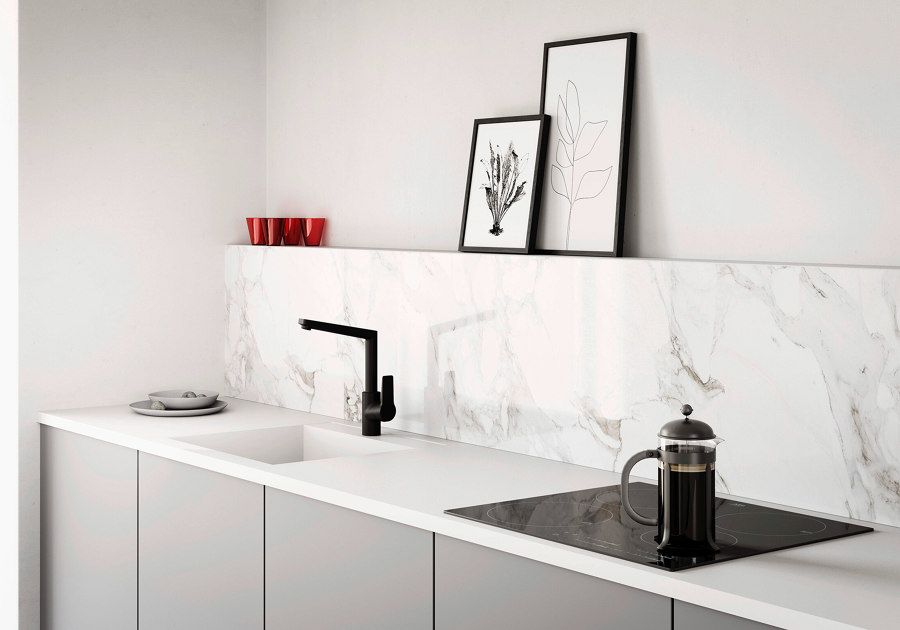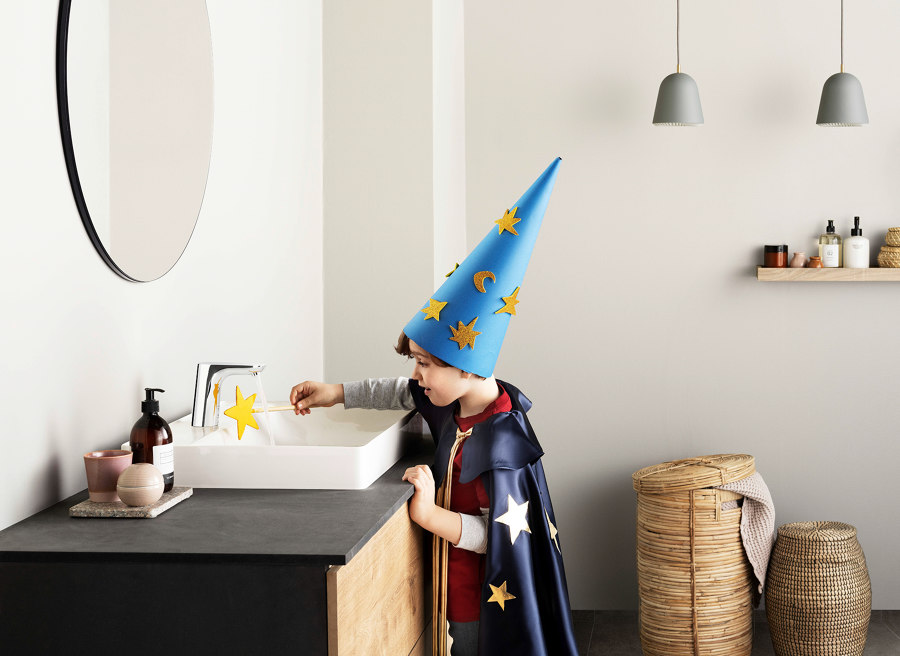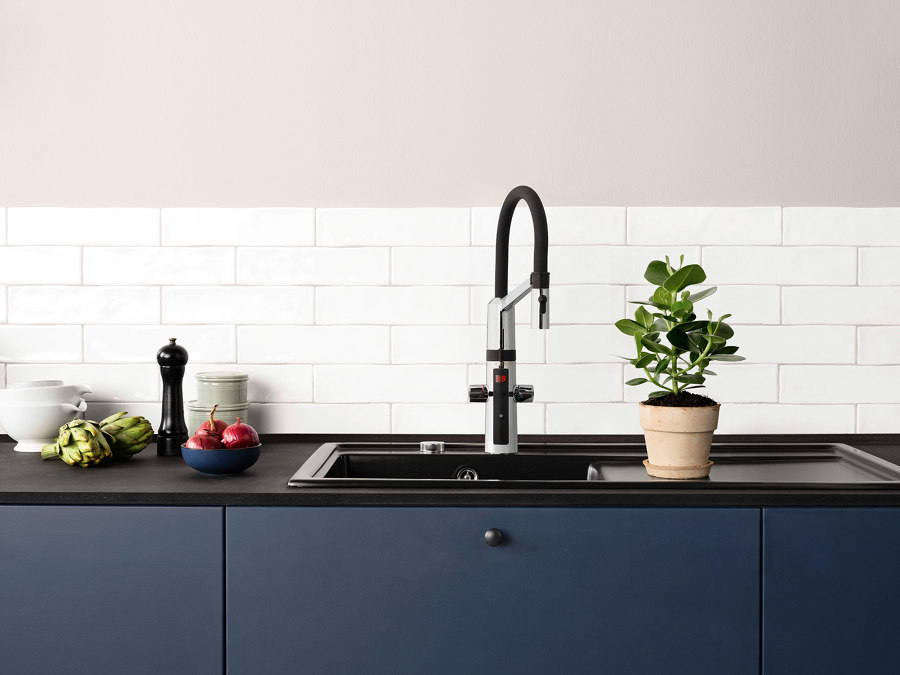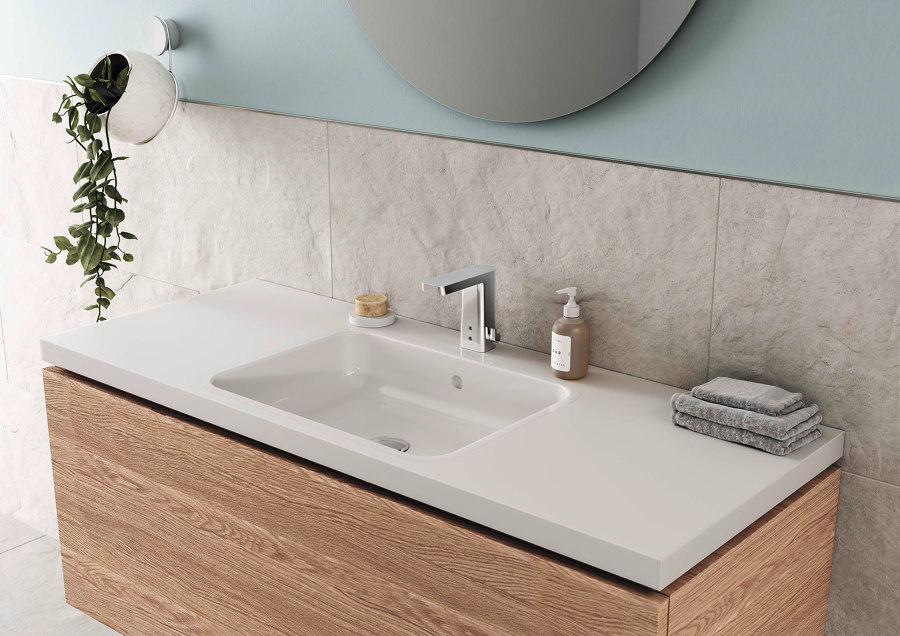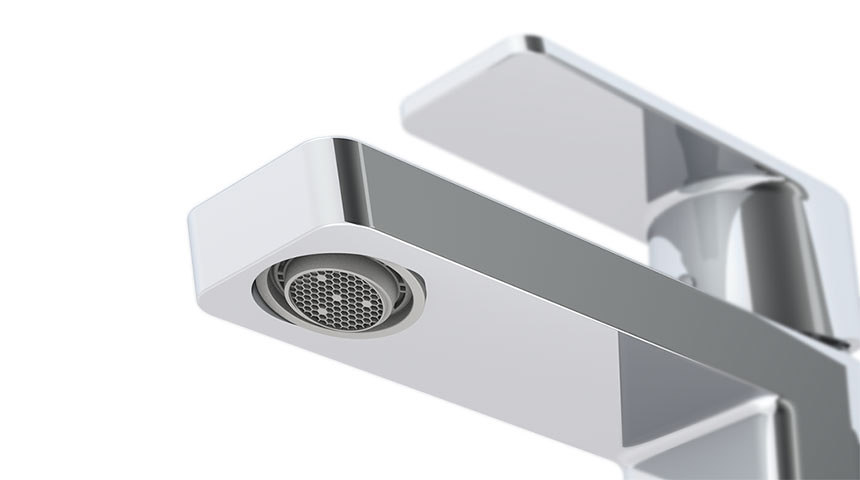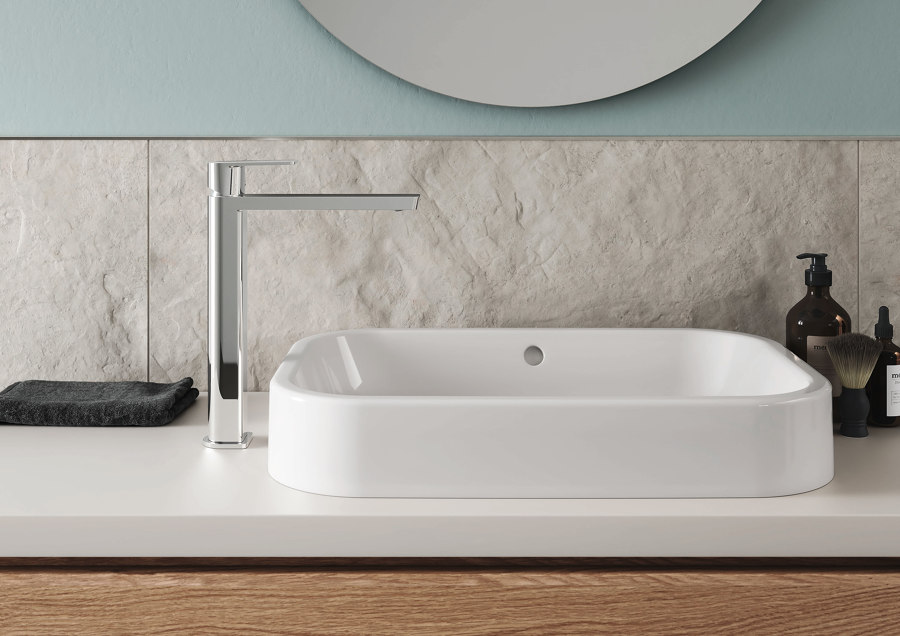How to select bathroom and kitchen faucets
Text by HANSA Armaturen
Stuttgart, Germany
10.11.21
For your next residential building project, here are a few tips that will help you find the right faucet for your needs.
Selecting a faucet for private building projects is not always as straightforward as it seems. There’s a variety of styles, materials and functions to choose from. From small private dwellings to large-scale residential buildings, here’s how to find the right faucet for your next project. Bathrooms and kitchens in residential dwellings need to combine a variety of features and functions, from including the newest technologies to ensuring long-lasting functionality to providing a hygienic environment.
To find the right balance between durability, design, specific safety standards and demands on energy efficiency, professionals are left with the choice of the right faucet. Faucet fixtures can differ in material and price. Whether your focus is on design or specific functionality, such as water flow rate and temperature control, here are 3 essential questions that help you specify your priorities and make the right choice:
1. Who will be using the faucet?
Start by finding out who will be using the faucet and what their most important requirements are. Will your building project house small children or elderly people with specific needs, such as accessibility, safety, hygiene or energy-efficiency?
Accessibility and safety
The choice of the right colour, an ergonomic design or easy-to-grip material, can majorly improve accessibility and safety for elderly people and people with limited eyesight. Product lines, such as HANSACAREor HANSAFIT faucets, for example, help manage water temperature and significantly reduce the risk of scalding accidents.
Hygiene and energy-efficiency
If you’re planning a building project with high sanitary and energy-efficiency standards, smart touchless faucets are the way going forward. Faucet models with touchless features can reduce water consumption by up to 50%, while also helping to minimise the risk of transferring bacteria from hands to the fittings’ surfaces.
Once you’ve identified your priorities and special requirements, it will be easier to specify your search and lay out a good foundation for your conversation with manufacturers.
2. What are your dimensions and surrounding parameters?
Next, check the dimensions the faucet needs to fit in. Where will the faucet be located? Should fixtures be mounted to the wall or other surfaces?
Kitchen faucets
For a kitchen faucet, think about the overall kitchen setup. If there’s a need to wash pots and pans, going for a faucet with pull-out/pull-down spout can provide more space and flexibility to move larger equipment around. If the faucet is located on a kitchen island, you could consider investing in a faucet with a higher spout and distinctive design to round off the looks. If cabinets will be installed above the sink or if space is limited, a kitchen faucet with a lower body could be a more suitable choice.
Bathroom faucets
In case you are specifying a bathroom faucet, again, look at your dimensions and make sure that there’s enough space between your basin and the rest of the equipment of the room. If you’re planning a utility or laundry room, what tasks will they be using it for? Ask yourself whether it makes sense to include a faucet with an integrated washing machine valve or an integrated Bidetta hand shower for extra functionality. If you find yourself in a small bathroom, a space-saving, small-size faucet may be more suitable for your dimensions.
In all cases, surrounding installations and furniture, such as cabinets, are important parameters that can help you specify the height of the faucet and type of faucet control, e.g., whether it should be top- or side-operated.
3. How about the looks and the sink type?
When it comes down to the looks of your faucet, think about the faucet type, the placement of handles and the type of sink that works best for your project. The right match of faucet and sink can round off your overall design and is essential to ensure the most optimal functionality. Are you going for a sink that’s integrated into the countertop or a free-standing vessel sink?
Integrated sinks
Integrated sink models open up many options for the faucet type since short faucet bodies work equally well as longer ones. However, make sure to match the aerator with the size of the sink to guarantee that the water flows seamlessly into the sink and there is enough space for washing the hands. Consider selecting a faucet model with adjustable aerator. Especially in larger sink installations, such as double-sinks, swivel spouts can ensure more flexibility and adjustable use.
Vessel sinks
For vessel sinks, pay attention to installation holes. If faucet installation holes are integrated into the sink, you can choose between a range of small-bodied faucets. If there is no installation hole integrated to the sink, you can also go for a faucet with a higher body size or a wall-mounted fixture. High faucets with turning spouts are particularly popular in utility environments, offering more space for manoeuvring larger equipment. At the same time, they can bring an extra elegant look to the room in private buildings. This may require the right installation conditions behind the wall as well as a long enough spout.
Every project has different priorities. Whether it’s energy efficiency, hygiene or safety and durability, make sure to set your focus, know your surroundings and inform yourself of their options that you have before making a decision. For either type of residential buildings, ask yourself whether to go for a stand-out design or a simple look that complements the surrounding interior.
Also, consider your budget: Are you ready to dedicate a share of your budget to high-end design or latest functionalities or are you rather looking for a cost-efficient, economical solution? At the end of the day, the choice of faucets should match these priorities.
© Architonic

